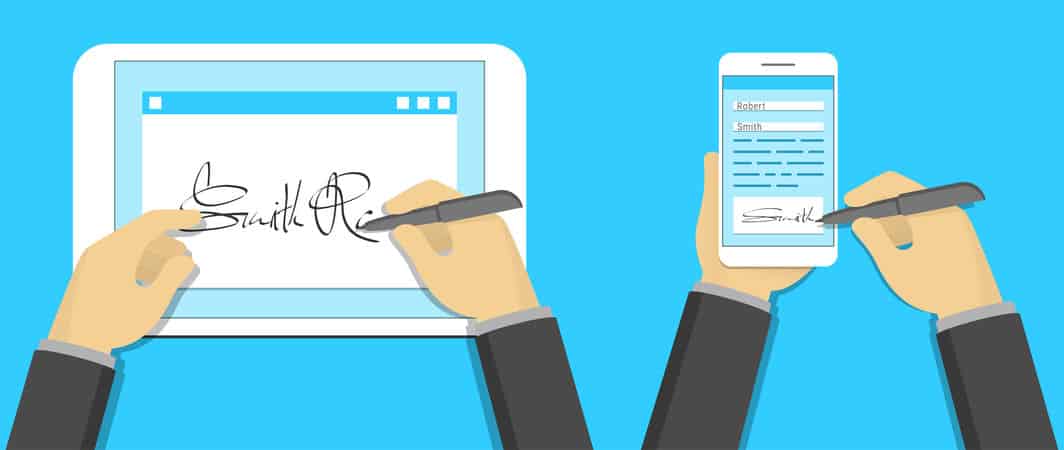An ink signature on the dotted line of a paper document is the traditional way of handling employment contracts. It’s why employee onboarding remains one of the few administrative tasks that are still commonly handled using a paper-based process.
The recent ‘Welcome Aboard’ survey by Webonboarding found that two-thirds (66%) of UK hiring teams still post paperwork out to successful candidates. Even when contracts or offer letters are being emailed, recipients will still be required to print documents out, before signing them and returning them via the post. It’s a laborious process that can often take weeks to complete and it’s an administrative inefficiency that’s now entirely avoidable.
The move to digital contract signing transforms the onboarding process, delivering a completely paperless way to manage new starters. It’s faster, simpler and more user-friendly than the traditional approach.
Here’s a closer look at digital signing:
What is digital contract signing?
Digital signing of contracts removes the need for any documents to be physically signed with ink signatures. An electronic signature is used, allowing the whole process to be handled digitally.
How do candidates sign using a digital signature?
There’s a range of different services that can be used for digital signatures. Webonboarding uses DocuSign with successful candidates able to access all of their documents via an online portal.
The digital documents will typically be in a Microsoft Word or PDF format with the areas that require signing or initialling being clearly marked.
To sign, the recipient can choose a pre-drawn cursive signature or they can provide their own – either by uploading an image or using a touchscreen.
As soon as signatures have been added and the details confirmed, the document is instantly made accessible to the hiring team.
Are digital contracts of employment legally valid?
In 2016, the EU introduced the eIDAS Regulation which removed any of the uncertainties that had existed about the legal status of electronic signatures.
It provides electronic documents with the same legal status as a traditional ink signed paper contract. It states:
“An electronic signature shall not be denied legal effect and admissibility as evidence in legal proceedings solely on the grounds that it is in an electronic form.”
To add further reassurances, the Law Commission for England and Wales confirmed the validity of digitally signed contracts in 2018, stating:
“Contract law in the UK is flexible, but some businesses are still unsure if electronic signatures would satisfy legal requirements. We can confirm that they do.”
What are the benefits of digital employment documents?
Removing paper from the process completely transforms the way that new hires can be managed. The benefits are delivered to everyone that’s involved in the process.
For hiring teams, it reduces the time it takes to bring people into a business from weeks to days. It also drastically reduces the administrative burden – removing the need for paperwork to be printed, posted and chased.
Digital handling of contractual information also helps to avoid some of the potential compliance risks that are caused by a paper process. Signed documents being ‘lost in the post’ is a particular risk in terms of GDPR (General Data Protection Regulation). For successful candidates, it offers a fast and user-friendly way to supply any information the employer requires. With contracts and offer letters easily dealt with, more focus can be placed on providing a more engaging and welcoming onboarding experience. Reducing times and improving the experience help to reduce the risks of candidates dropping out.




